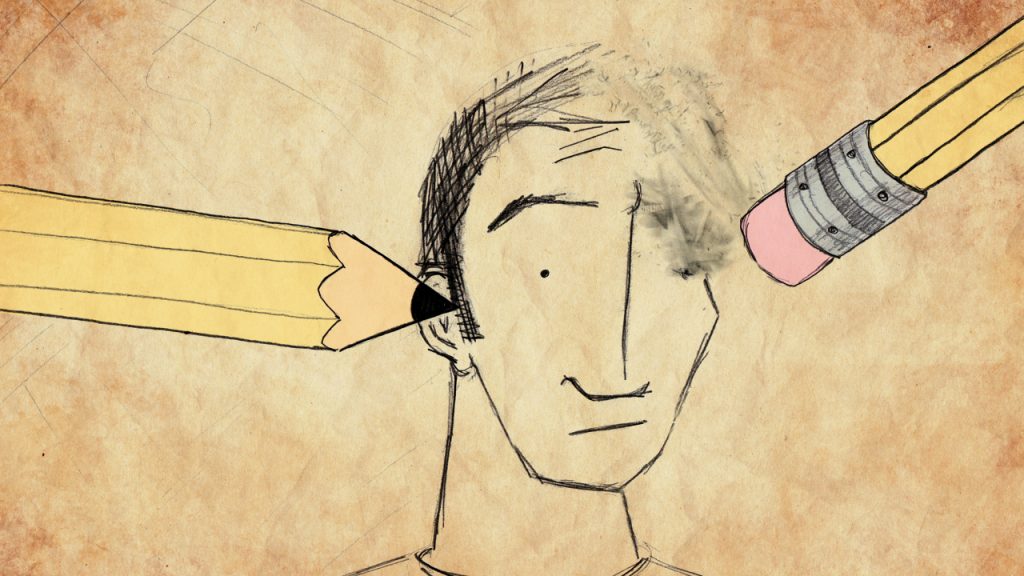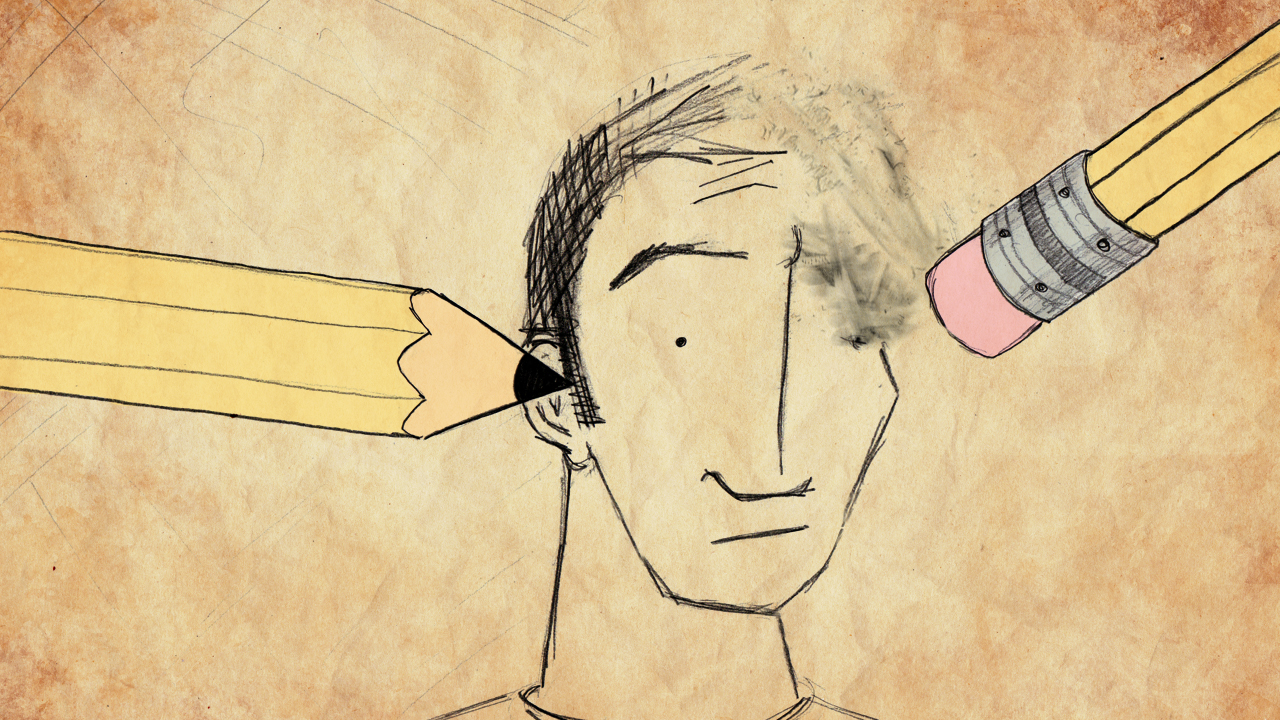This post is also available in Dutch.
Some people are very bad at recognizing faces. How is this possible and what can be done about it?

Image by Jeff Franken Hauser via Flickr [CC BY-NC 2.0]
When dogs are easier to recognize than their owners
“It has happened more than once that I passed my husband and that I did not recognize him, while I was looking at his face,” wrote a woman to the famous neurologist Oliver Sacks. “I recognize him easily in situations and locations where I expect to see him.” This woman has face blindness,also known as prosopagnosia. People with this condition are not actually blind. They know when they are seeing a face but cannot match it to a person because something goes wrong in the processing of faces in their brain. The chances of not processing a face well increase when the face is seen in a new context.
Oliver Sacks (1933-2015) was all-too familiar with this problem. He had prosopagnosia himself and admitted: “I am much better in recognizing my neighbors’ dogs (they have certain colors and shapes) than the neighbors themselves.
Prosopagnosia is usually inherited
Although prosopagnosia used to be considered a rare condition, a recent study estimated that in 1 in 50 people have it. If this estimation is right, more than 340.000 people in the Netherlands are face blind. How is it possible that so many people are blind for faces? It is usually present from birth on and the chances of having it are larger when someone else in the family has prosopagnosia. This points to heritability. Problems can however also rise at later ages after brain damage, but this is less common.
Facial recognition is special
Special expertise is needed to recognize faces, a process which is regulated by a certain region of our brain, called the fusiform gyrus. Research shows that almost everybody with prosopagnosia has damage or a dysfunction in this area. Studies that use MRI to investigate the brain show that normal facial processing results in strong activation of the fusiform gyrus. Because this is such an important area in facial processing it is also called the fusiform face area. If this area is affected, the chances of face blindness increase.
Compensation strategies to deal with prosopagnosia
Unfortunately, there is thus far no accepted treatment for prosopagnosia. People with the condition usually develop compensation strategies to recognize people with other clues. They use other types of information such as voice, haircut, clothing or the way people walk. Some people with prosopagnosia have such well-developed compensation strategies that they do not realize how informative a face can be to others.
Not recognizing someone every now and then is normal
If you are wondering if you have prosopagnosia there is a standardized questionnaire (20-itemprosopagnosia index) with which you can test this. It is of course normal to have difficulties recognizing someone every now and then. Some people are just better at it than others. Even if you recognize your neighbors’ dogs better than the neighbors themselves, there is no reason for panic; maybe the dogs are just nicer.
Written by Angelique, edited by Eva and Felix and translated by Jill.
